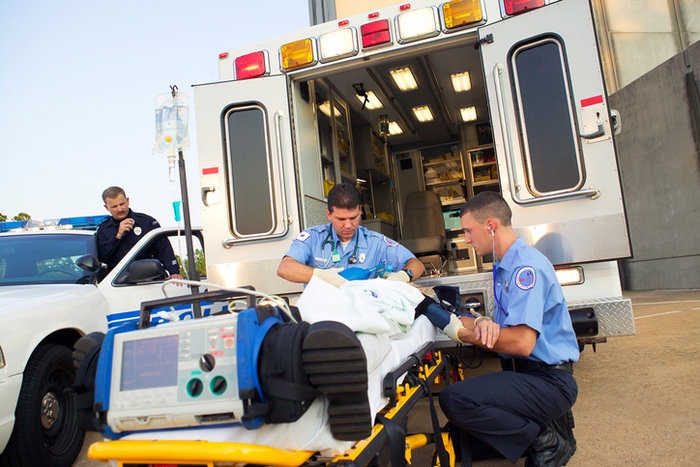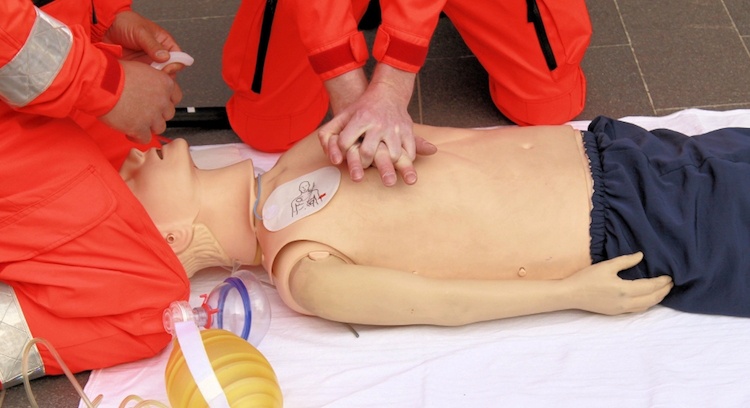Respiratory emergencies are among the most critical patients you will encounter as an EMS professional. If the patient is unable to maintain airway patency, or you are unable to correct the underlying issue, there is no hope for his or her recovery. And when these critical situations are compounded by complications in the field, your patient's chances are reduced even further.






















